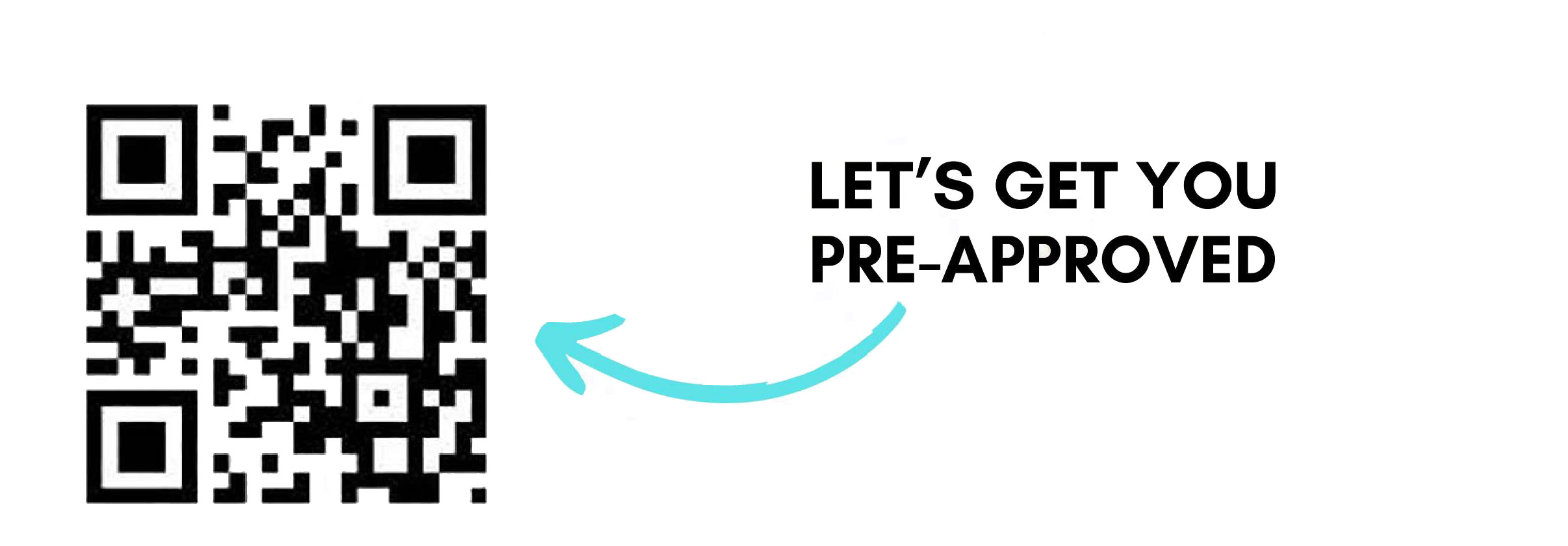Buying a home for the first time can be an overwhelming experience, but there are numerous programs available to help make homeownership more accessible. These programs, supported by government entities and financial institutions, offer a variety of mortgage options, grants, and financial assistance designed to ease the financial burden on first-time homebuyers.
Types of First-Time Homebuyer Mortgages
- Low-Down Payment Mortgages: These mortgages require as little as 5% or less for a down payment, making them ideal for buyers who have limited upfront cash.
- No-Down Payment Mortgages: For buyers who cannot afford a down payment, these mortgages allow you to finance 100% of the home’s purchase price.
- Special Interest Rate Mortgages: These offer lower interest rates specifically tailored for first-time homebuyers, reducing the overall cost of the loan.
- Flexible Approval Mortgages: With easier qualification standards, these mortgages are designed to accommodate the financial profiles of first-time buyers.
- Profession-Based Mortgages: These are specialized loans offering favorable terms to individuals in certain professions, such as teachers, nurses, or first responders.
Key Mortgage Programs for First-Time Buyers
The U.S. government endorses several mortgage programs each year, helping first-time buyers secure home loans. While not all of these programs are exclusive to first-time buyers, they offer significant benefits to them:
- FHFA First-Time Home Buyer Mortgage Rate Discount: Launched in 2023, this program by the Federal Housing Finance Agency (FHFA) offers discounted mortgage rates to low-to-moderate income first-time buyers. This discount is applied automatically without requiring a separate application. More details can be found on the FHFA website.
- HomeReady: A Fannie Mae program that requires a minimum 620 FICO score. It offers a 3% down payment loan with reduced interest rates for eligible low- and moderate-income buyers. Visit Fannie Mae’s HomeReady page for more information.
- Home Possible: Similar to HomeReady, Freddie Mac’s Home Possible program is available for buyers with a 660 FICO score and also targets low- and moderate-income buyers. More details are available on the Freddie Mac Home Possible page.
- Conventional 97: This is a low-down payment mortgage option available as a 30-year fixed-rate loan. It requires a 620 FICO score and is an option for those who may not qualify for HomeReady or Home Possible. Further information can be found on the Fannie Mae and Freddie Mac websites.
- FHA Mortgage: An FHA mortgage requires a 3.5% down payment and is backed by the Federal Housing Administration (FHA). Originating from the New Deal era, it is designed for buyers with a minimum 580 FICO score. Visit the HUD website for more information.
- USDA Mortgage: A 100% financing option offered by the U.S. Department of Agriculture (USDA) for homes in designated rural areas. More details are available on the USDA Rural Development website.
- VA Mortgage: Available to military members, veterans, and their families, this mortgage offers 100% financing with no mortgage insurance requirement. A minimum 620 credit score is needed. For more information, visit the VA Home Loans page.
First-Time Homebuyer Grants
Grants can provide substantial financial assistance to first-time homebuyers. Unlike loans, these grants do not need to be repaid:
- National Homebuyers Fund: This program offers up to 5% of the home’s purchase price as a grant, provided the buyer resides in the home for a specified period. More information is available on the National Homebuyers Fund website.
- Forgivable Mortgages: These are loans that are forgiven after the homeowner meets certain conditions, such as making on-time payments for a set number of years.
- HUD Discounted Homes: Through the Good Neighbor Next Door program, certain public service professionals can purchase foreclosed properties at a discount in the low-income areas where they work. Details can be found on the HUD website.
Closing Cost Assistance Programs
These programs help cover up to 100% of a buyer’s closing costs, subject to certain conditions. Information on available programs can be found through the National Council of State Housing Agencies.
Down Payment Assistance Programs (DPA)
Various state and local governments offer grants to assist with down payments, making homeownership more affordable. Check local government websites for specific information on available programs in your area.
- Down Payment Loans: These are low-interest loans provided by nonprofit and community organizations to cover down payments. Availability varies by location, so check with local housing administrations.
- Deferred Mortgages: These loans require no payments while living in the home. Repayment is only required upon selling or refinancing the property. They are often available to first-time buyers with incomes below the area median and are offered by local governments and foundations.
Conclusion
For first-time homebuyers, understanding the various financial assistance programs available is crucial. These programs, from specialized mortgages to grants and down payment assistance, are designed to make the dream of homeownership more achievable. By exploring these options, first-time buyers can find the financial support they need to confidently enter the housing market.
If you’re interested in getting a fast pre-approval, contact Paul Maccarone at 570-242-0735, or use the QR code below:



 Facebook
Facebook
 X
X
 Pinterest
Pinterest
 Copy Link
Copy Link






